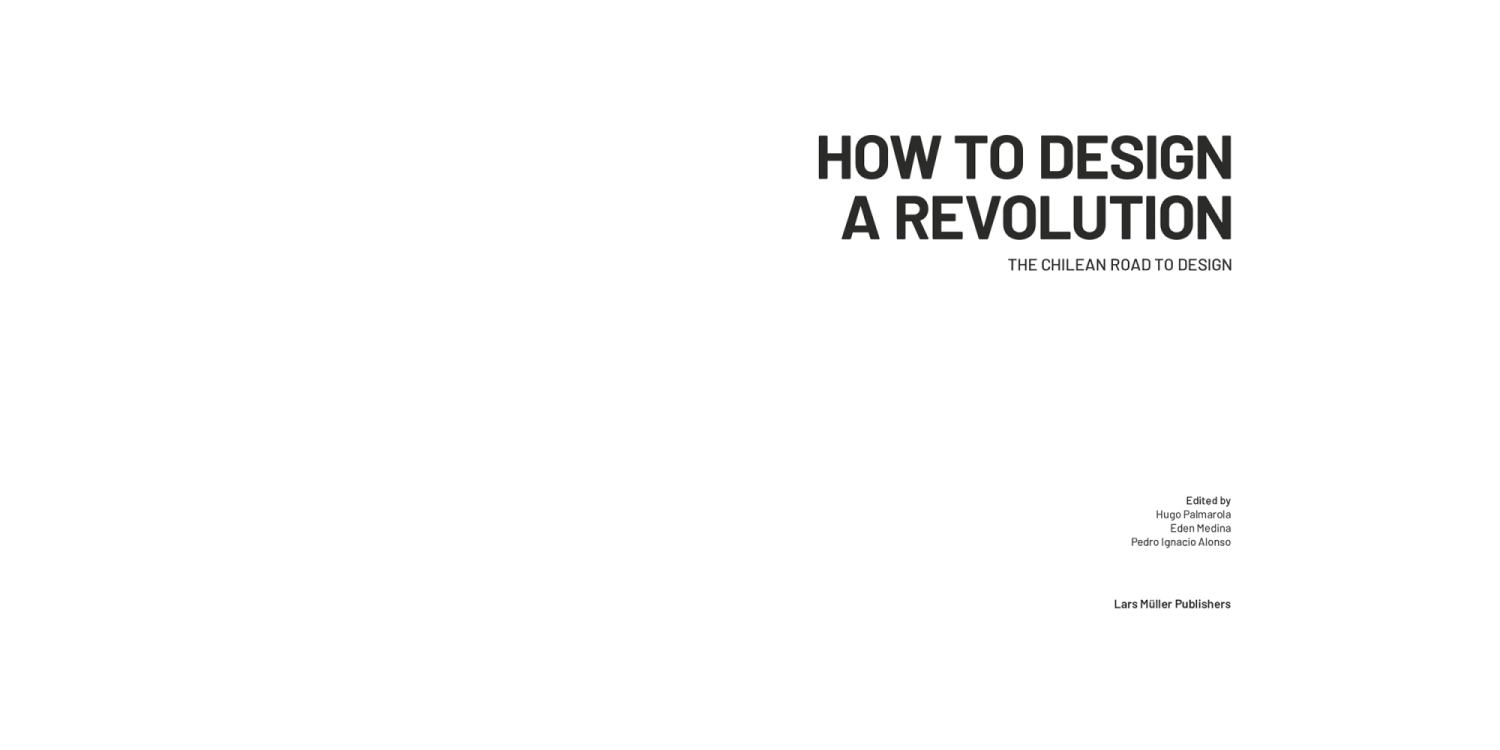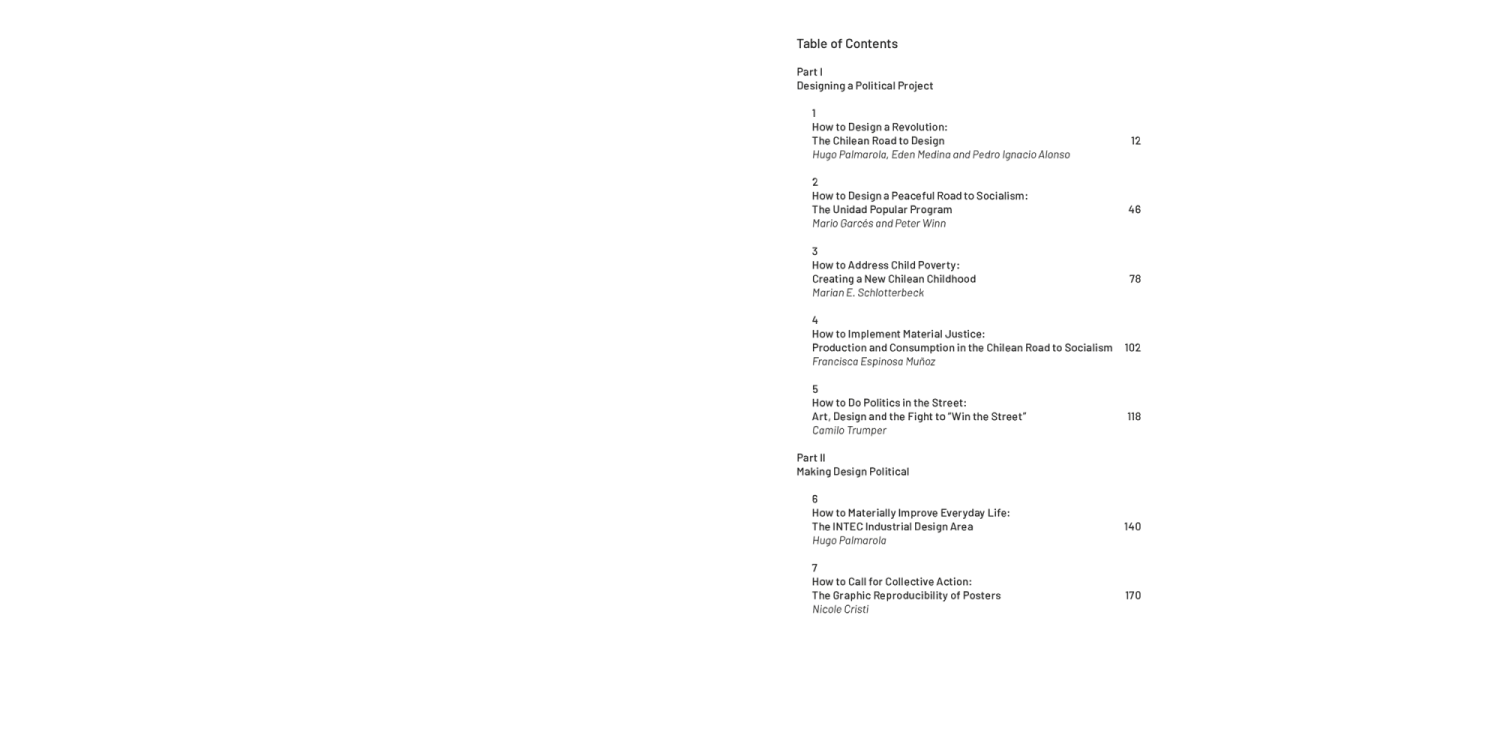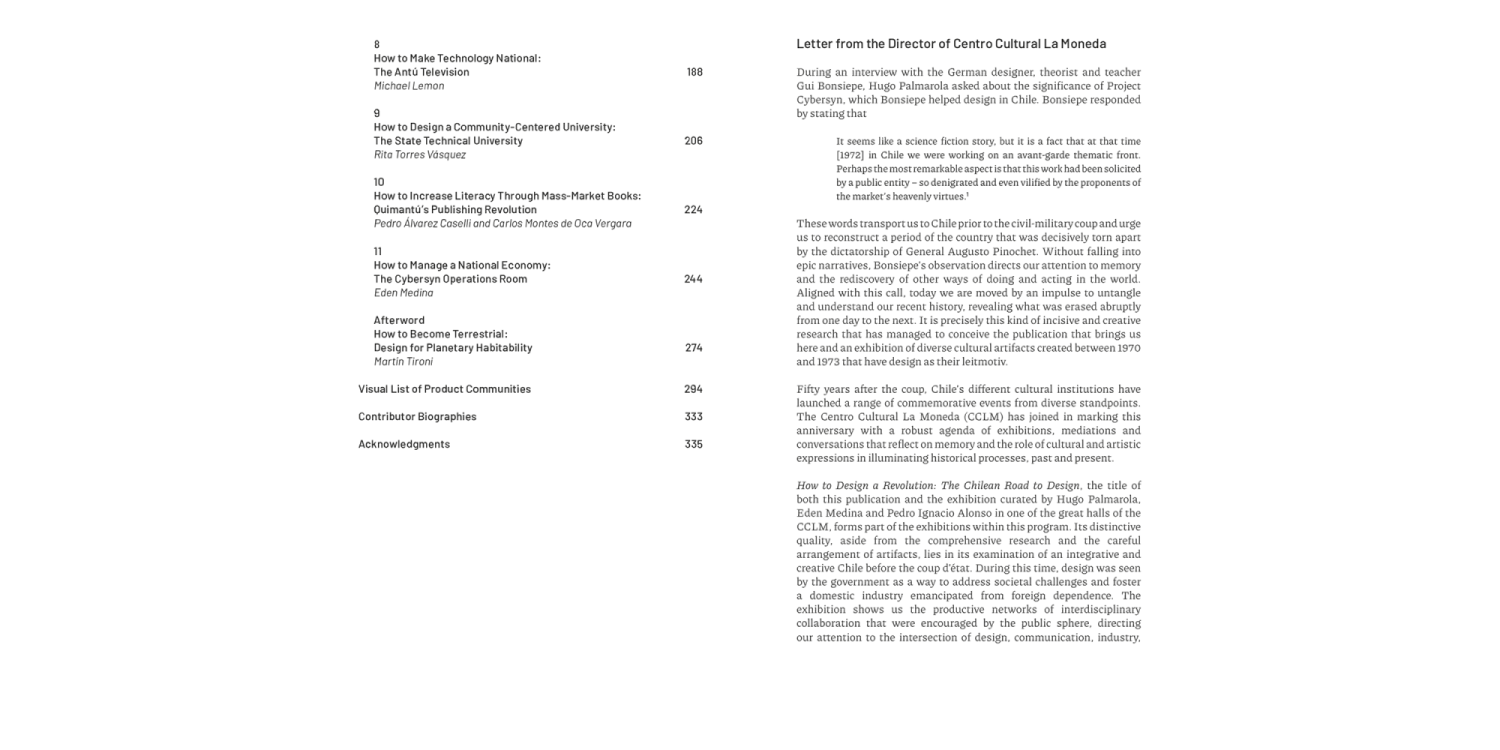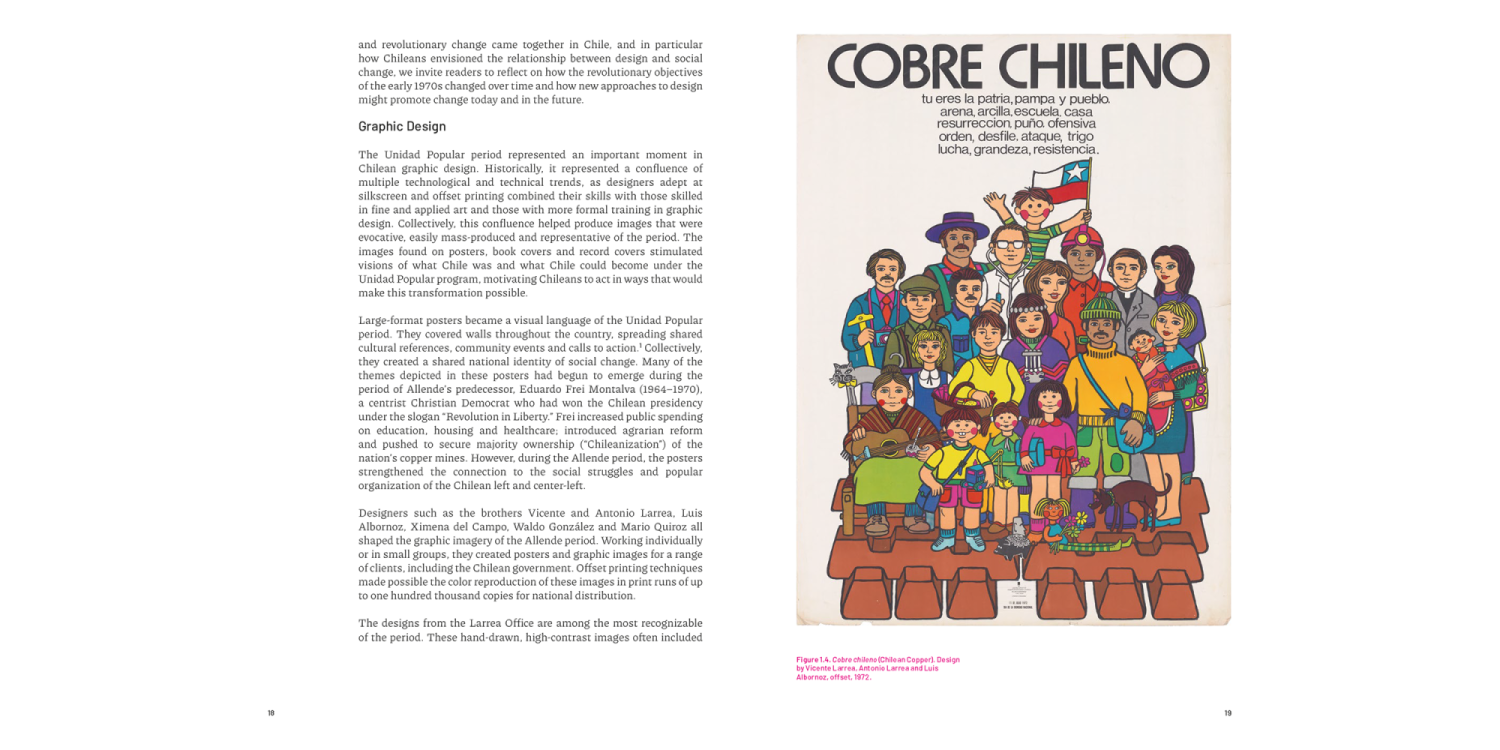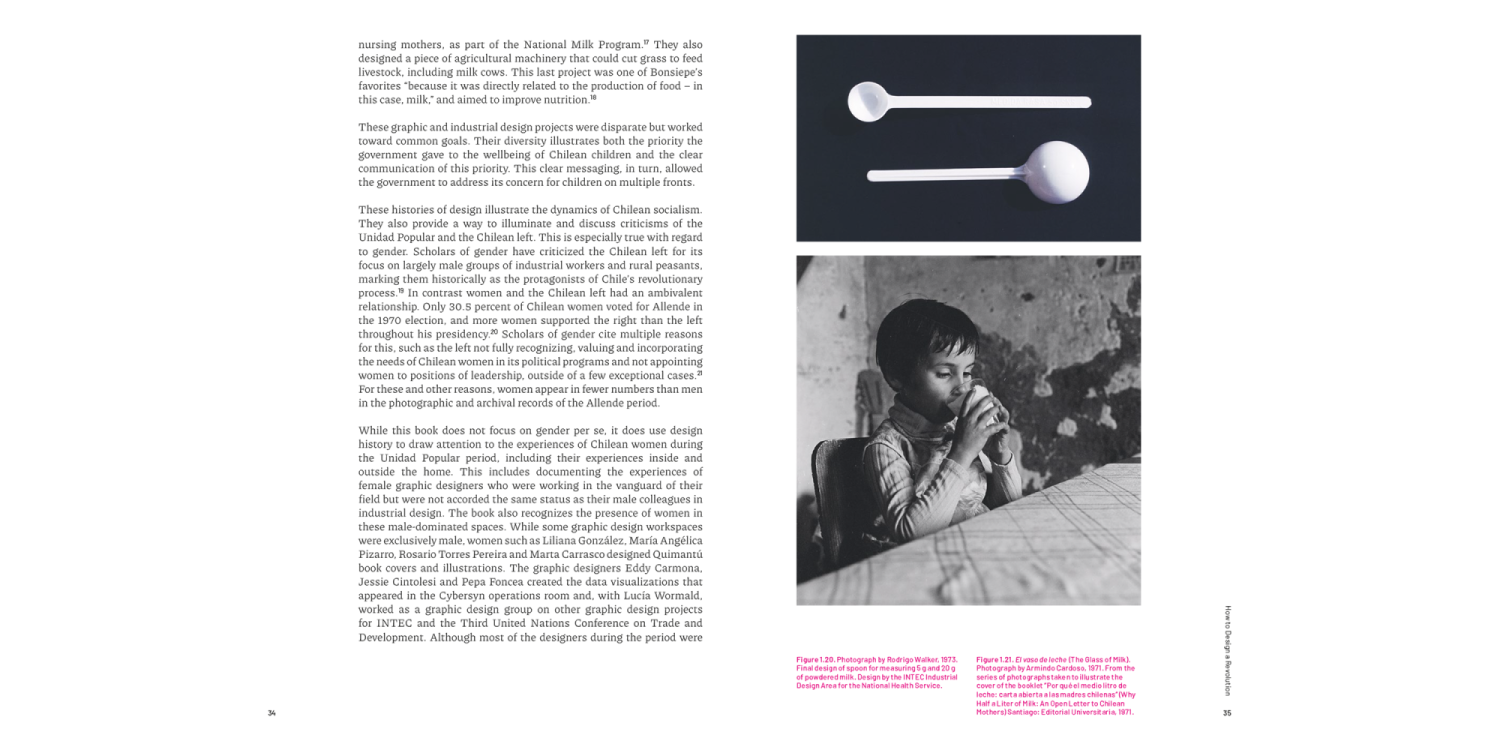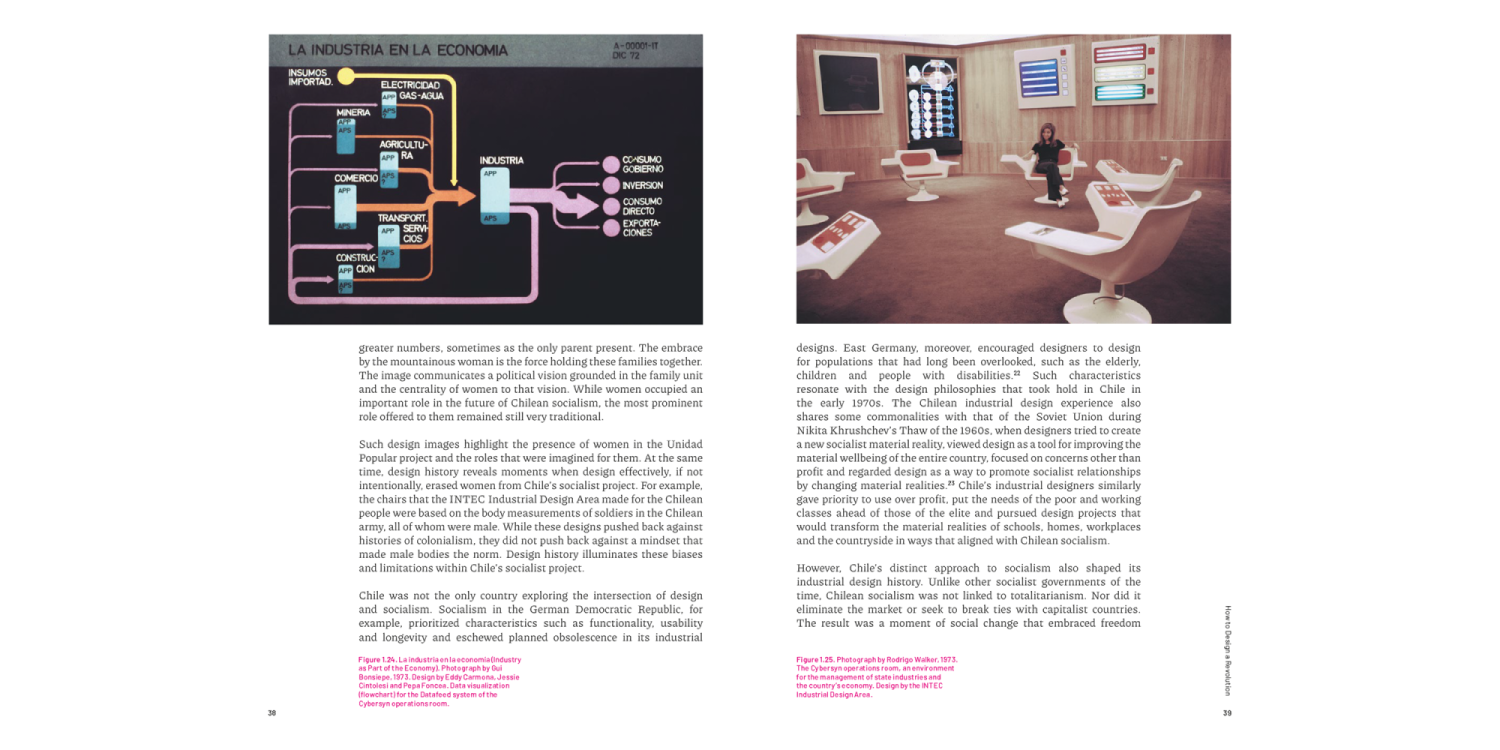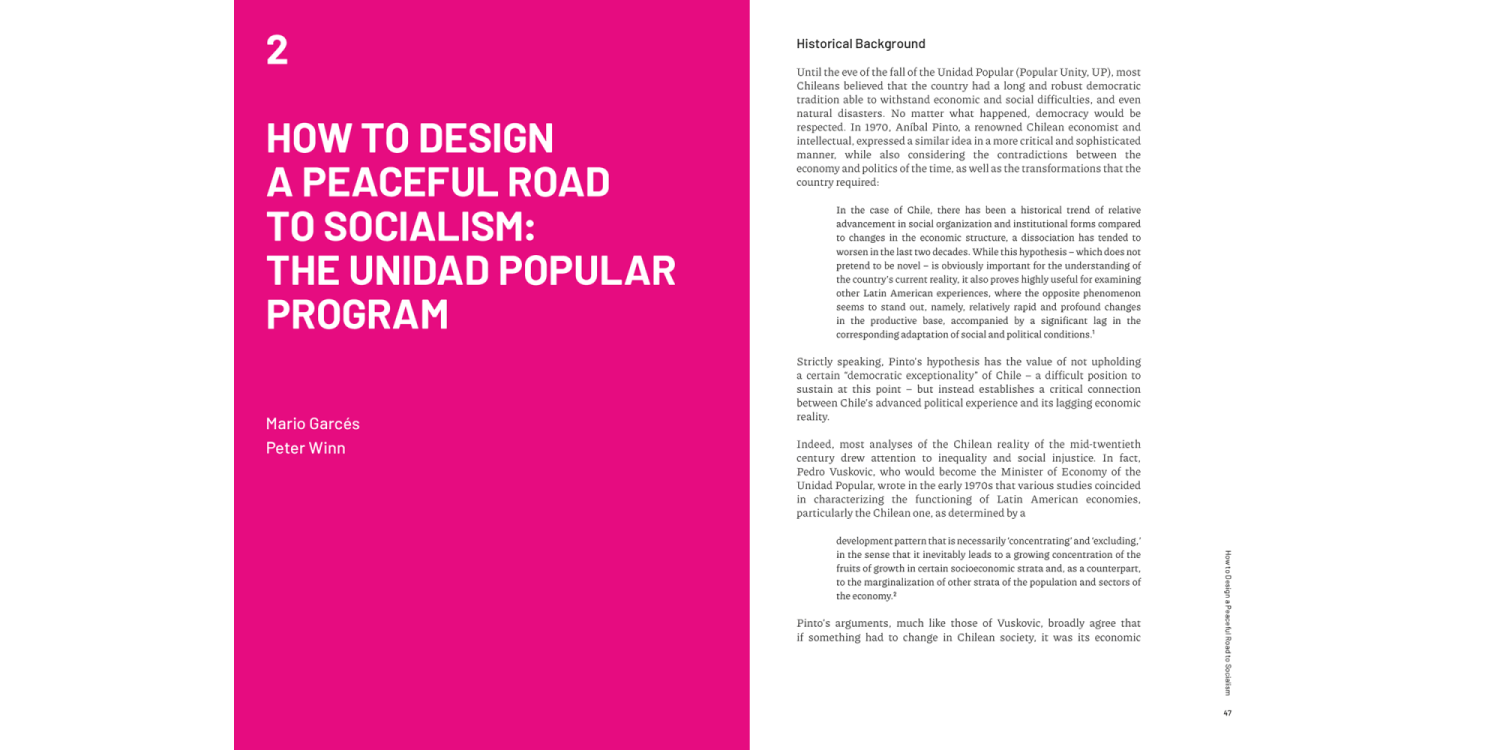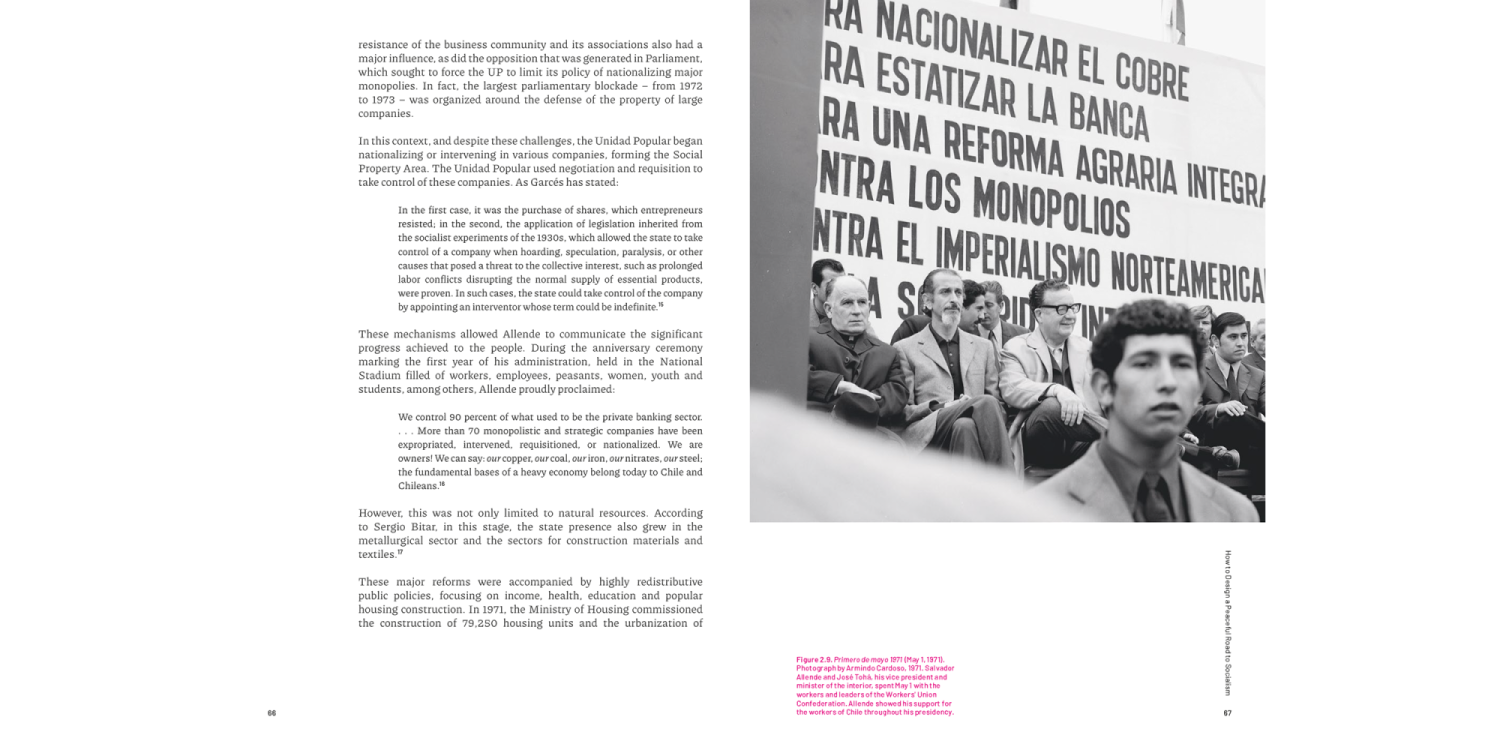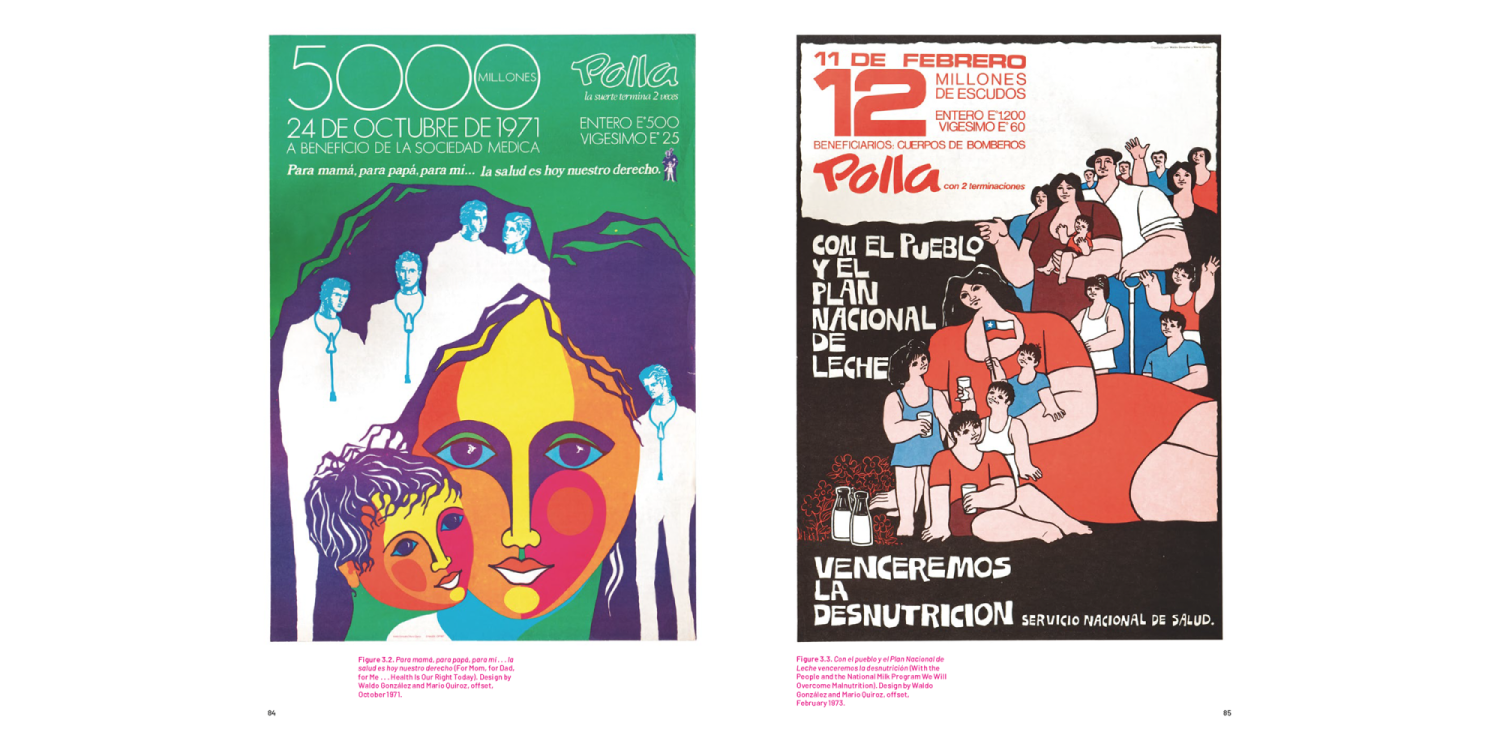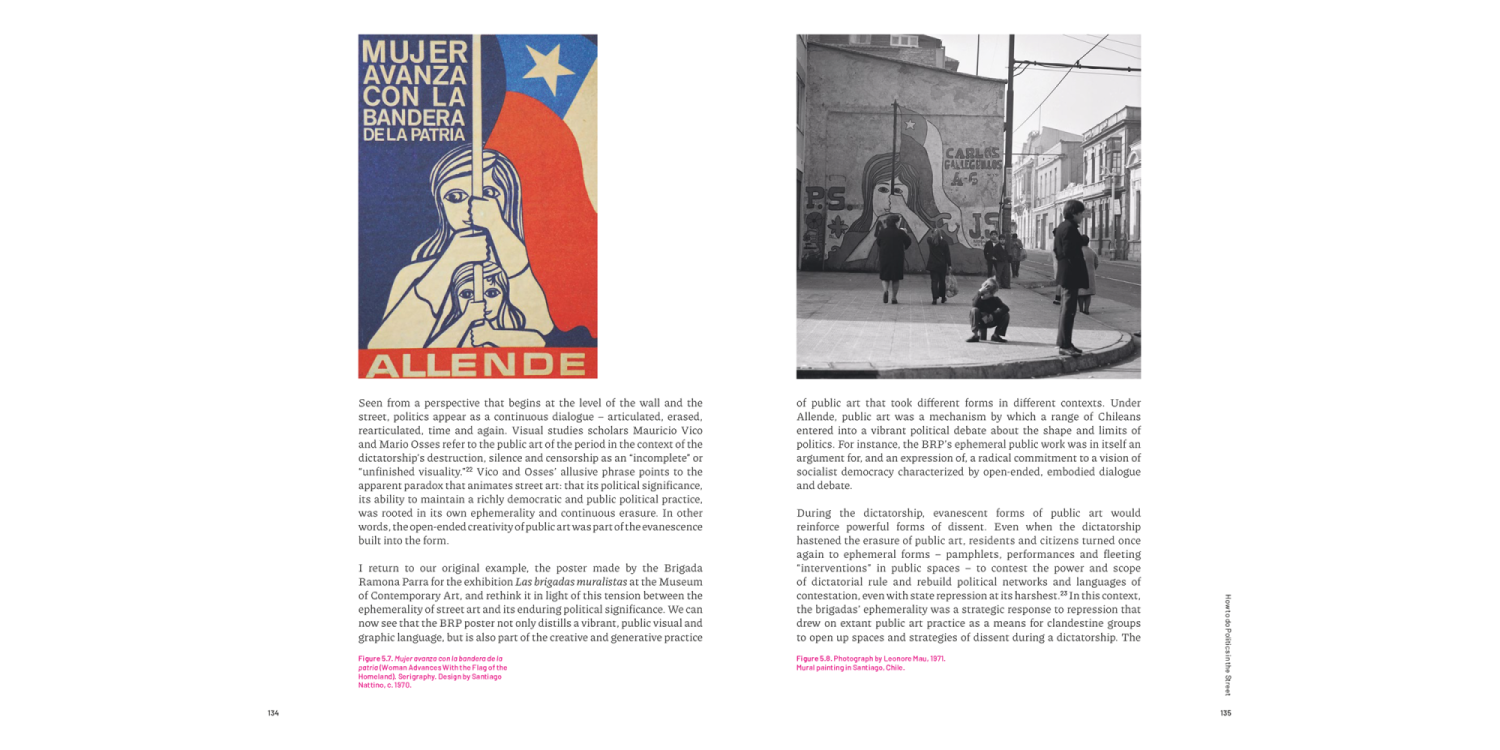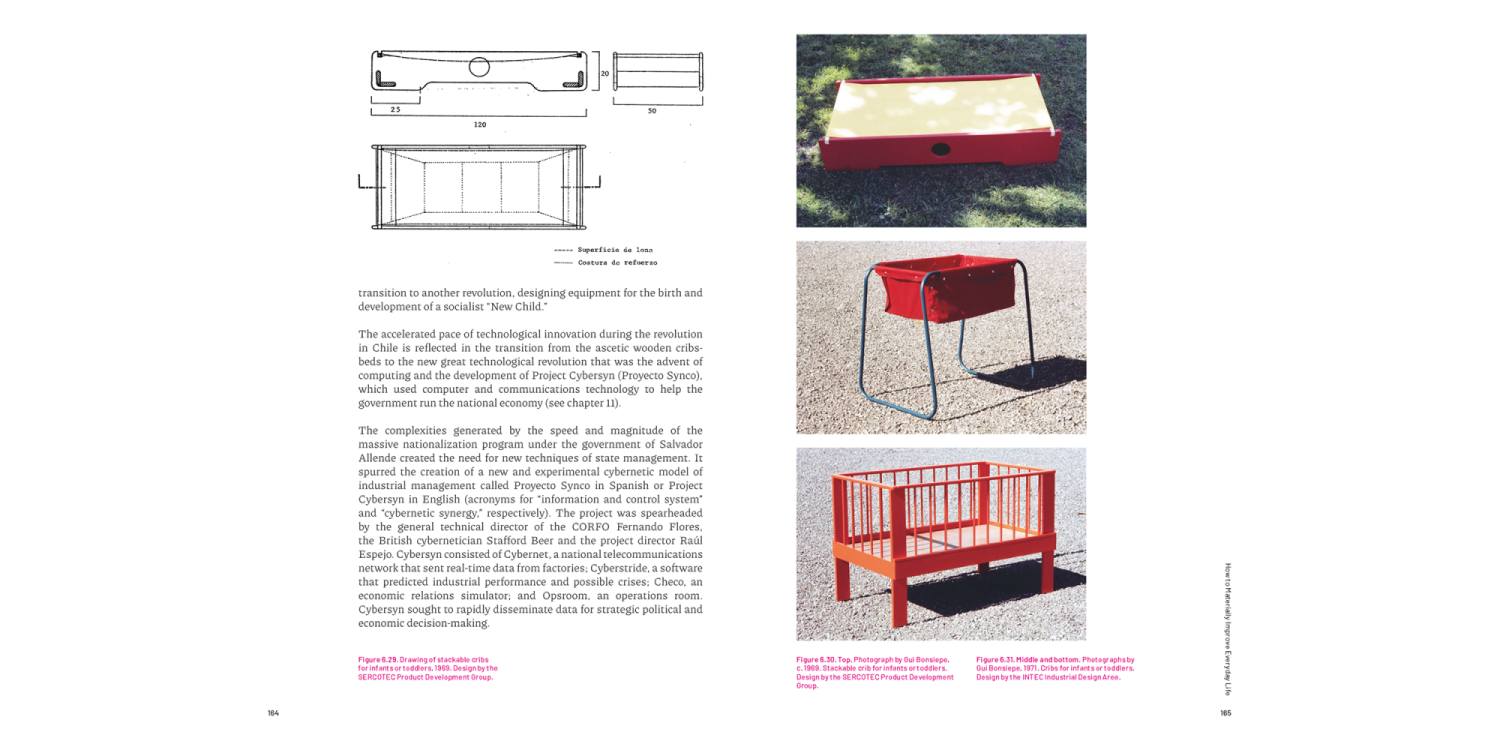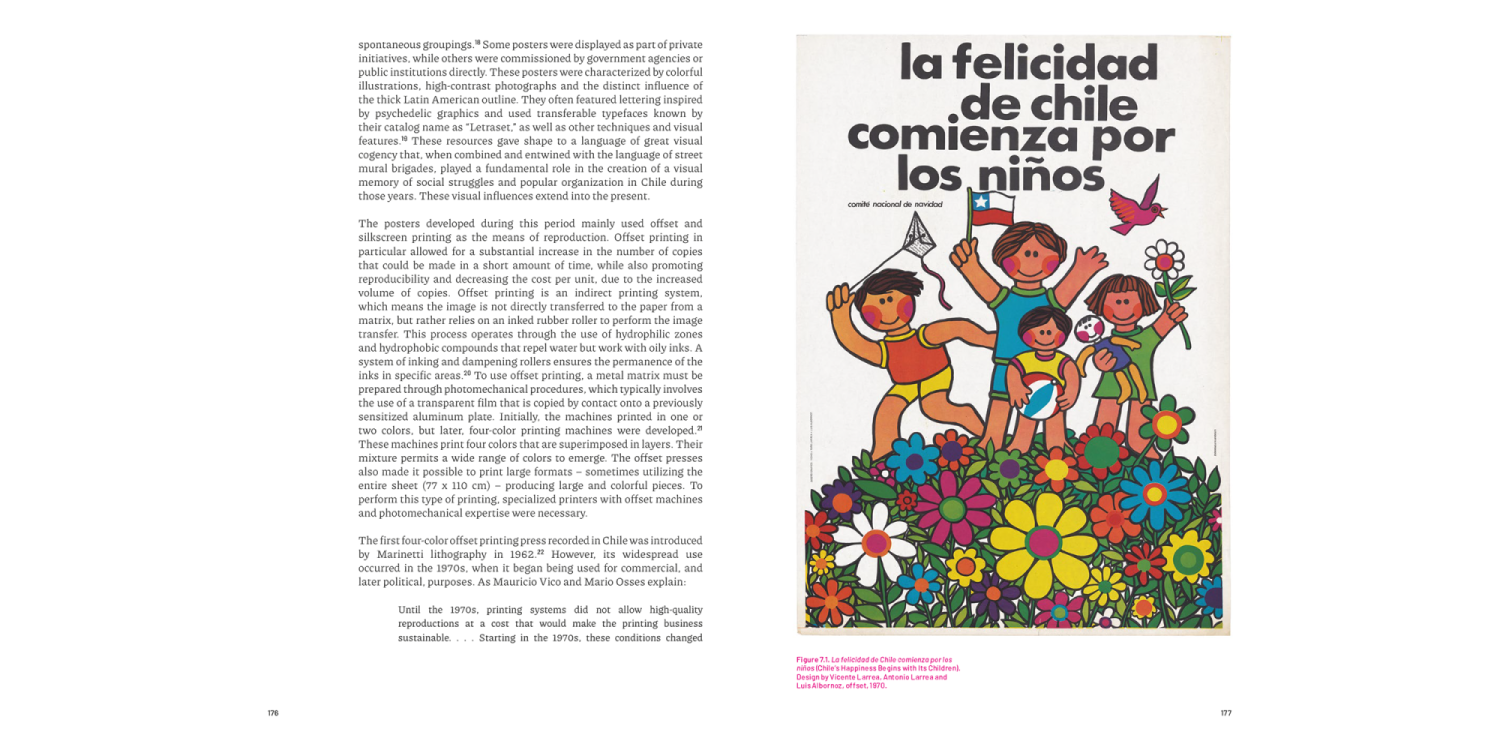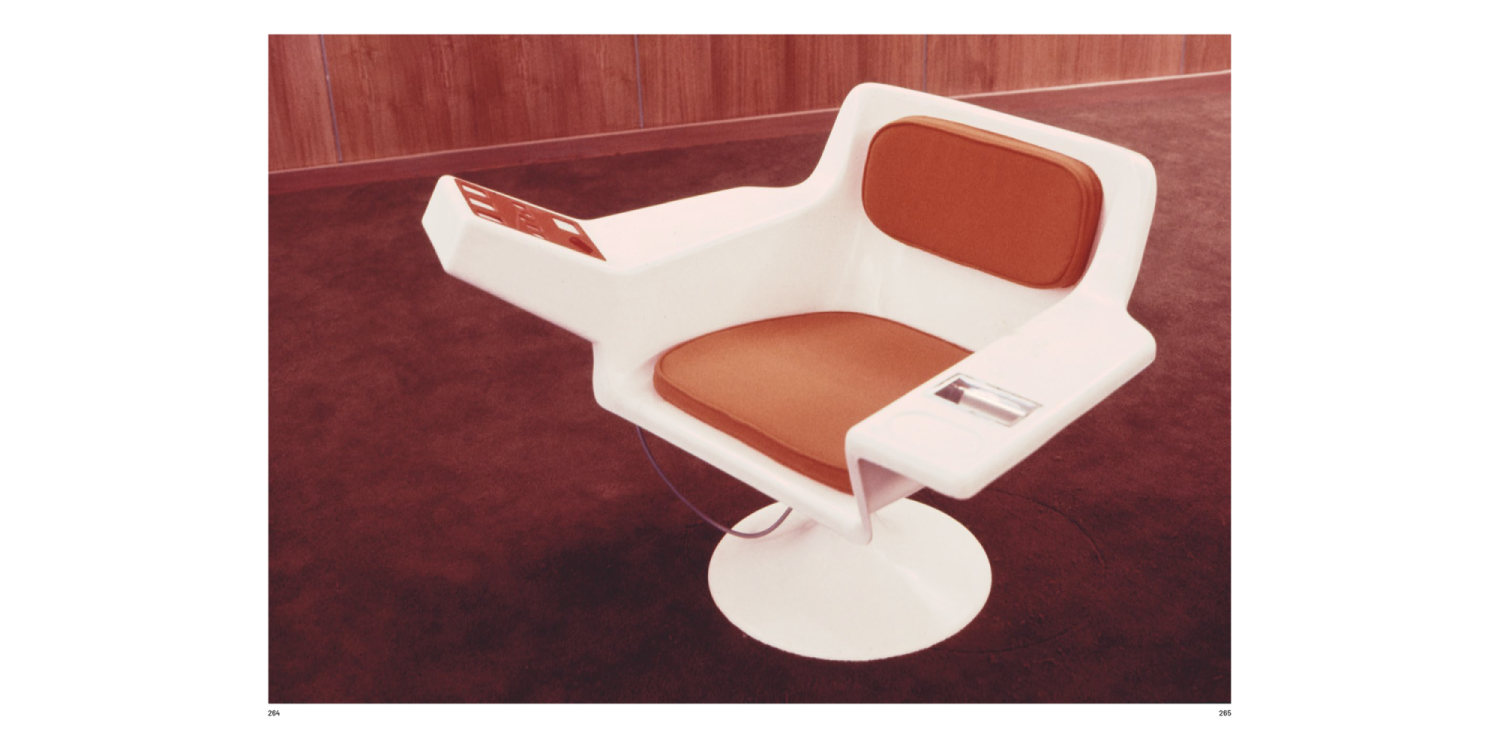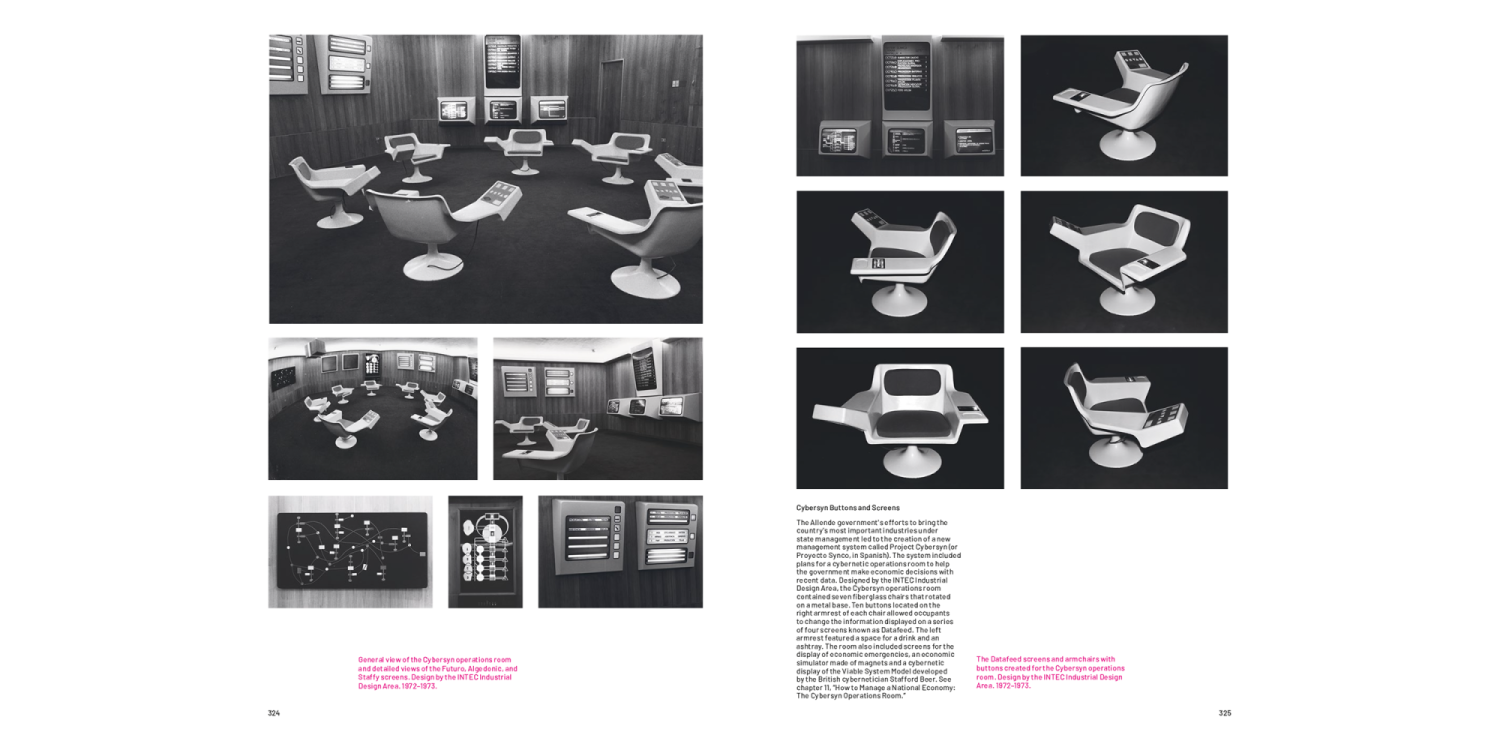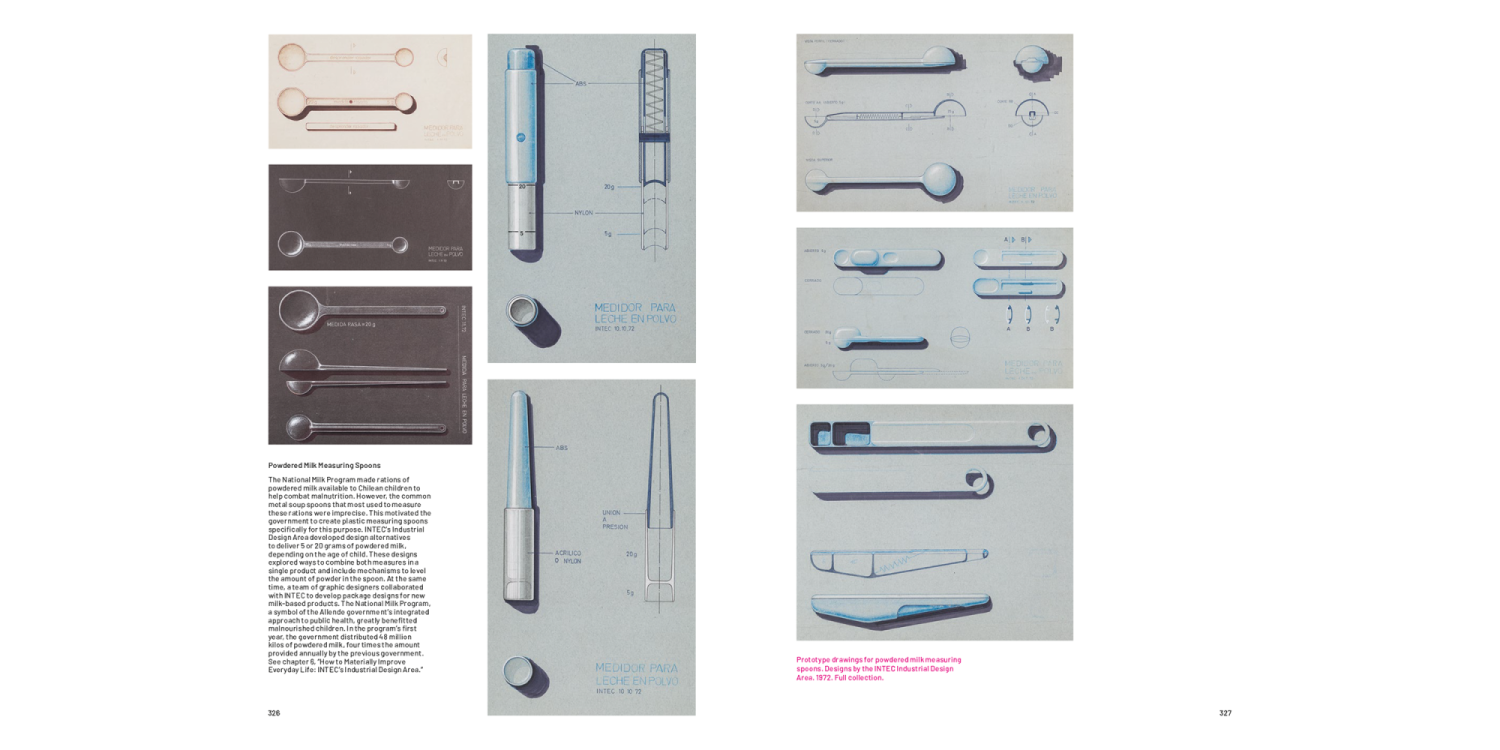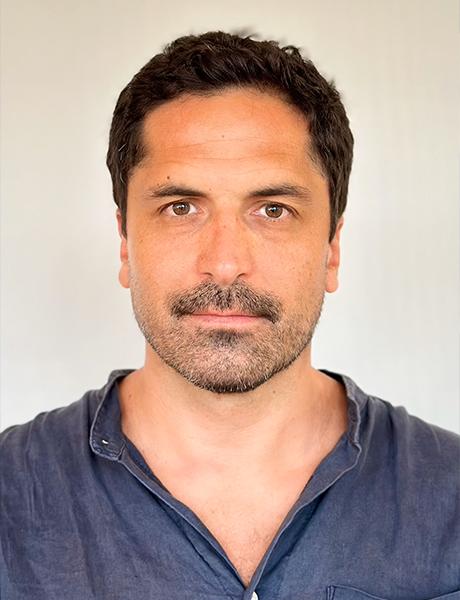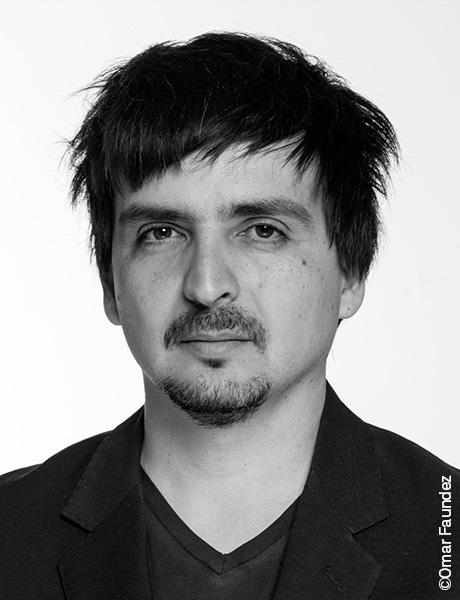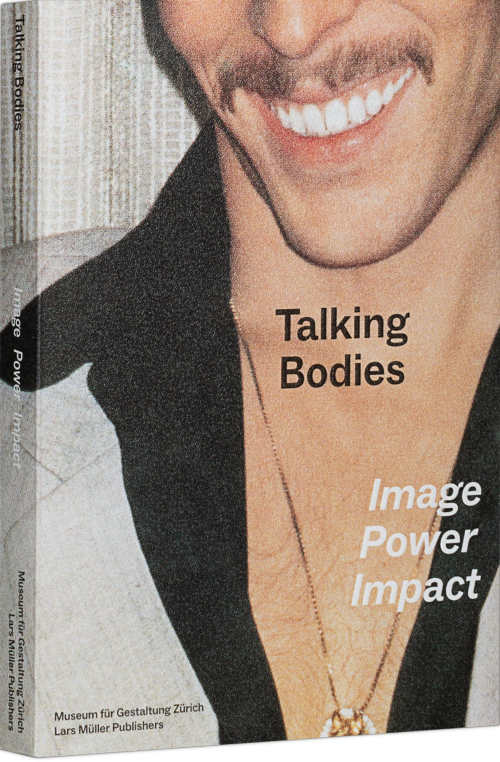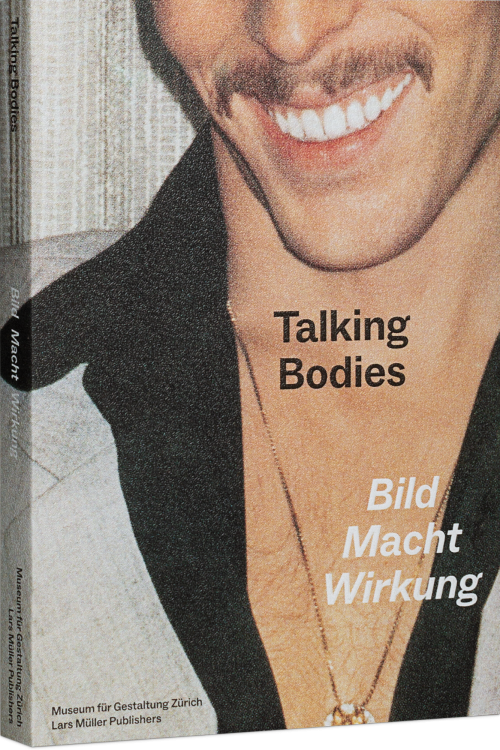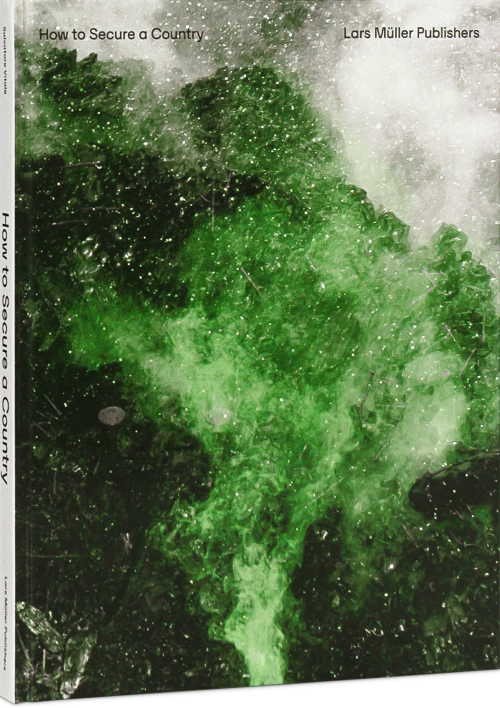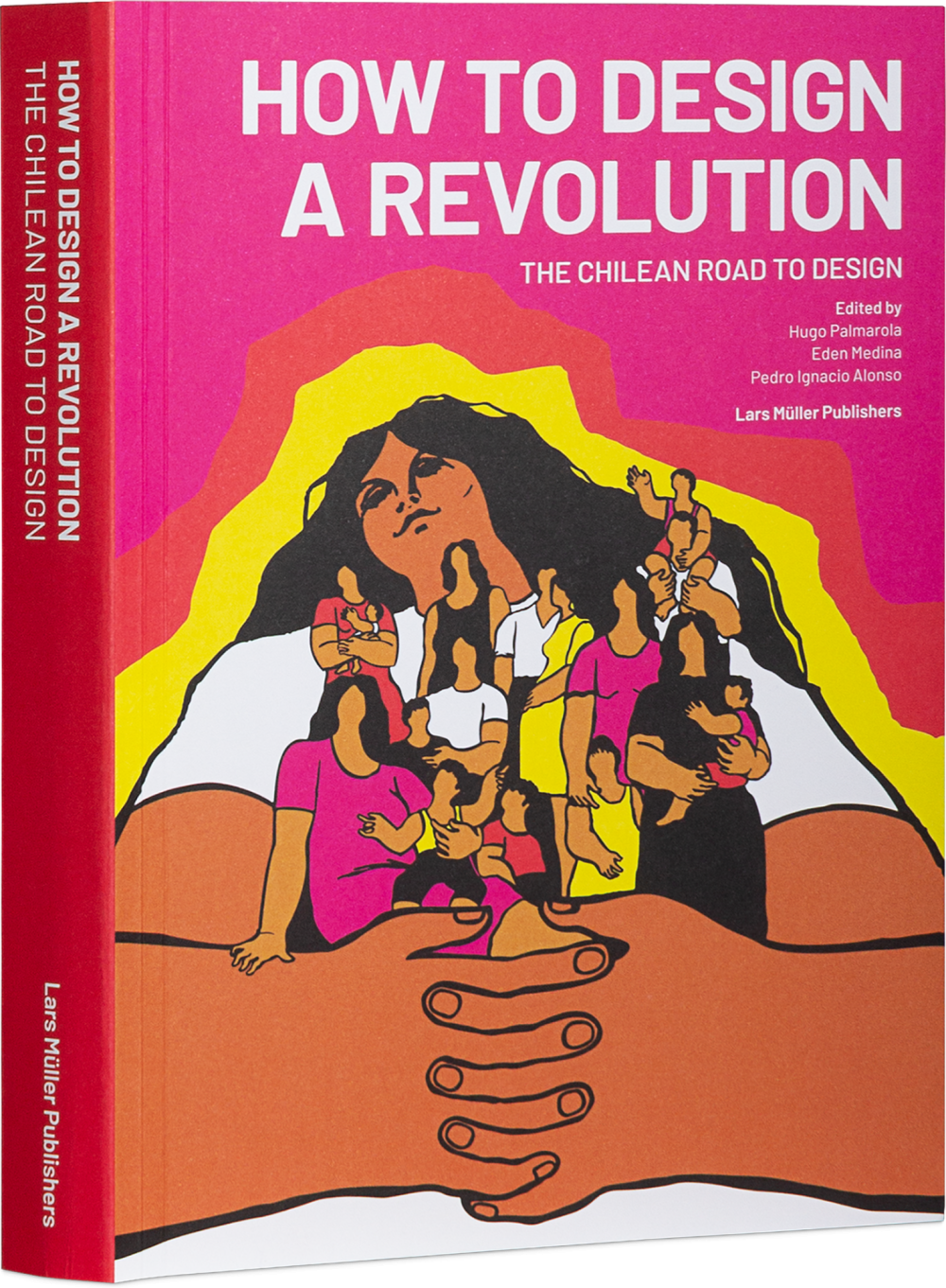
How to Design a Revolution
A bold project for change unfolded in Latin America at the beginning of the 1970s. After an electoral victory in Chile, the socialist government led by Salvador Allende and his governing coalition, Unidad Popular, embarked on a mission to bring about a socialist revolution through existing democratic institutions to address the most pressing needs of the Chilean people. The result was an unprecedented alliance of socialism, democracy and design.
This book provides the most complete analysis of the graphic and industrial design projects developed during Salvador Allende’s presidency. The book’s twelve chapters tell some of the most remarkable histories of this innovative design experience, including histories of the powdered milk measuring spoons designed to combat child malnutrition, the posters that encouraged collective action and a state-of-the-art operations room built to manage Chile’s state-run industries. Through these and other projects we see how Chile’s designers worked to create a path to social and material justice.
Fifty years after the civil-military coup d’état that put an end to democracy in Chile, and with it these design initiatives, the book provides a reminder of Latin America’s transformative capacity and a source for reflection and creative inspiration.
A bold project for change unfolded in Latin America at the beginning of the 1970s. After an electoral victory in Chile, the socialist government led by Salvador Allende and his governing coalition, Unidad Popular, embarked on a mission to bring about a socialist revolution through existing democratic institutions to address the most pressing needs of the Chilean people. The result was an unprecedented alliance of socialism, democracy and design.
This book provides the most complete analysis of the graphic and industrial design projects developed during Salvador Allende’s presidency. The book’s twelve chapters tell some of the most remarkable histories of this innovative design experience, including histories of the powdered milk measuring spoons designed to combat child malnutrition, the posters that encouraged collective action and a state-of-the-art operations room built to manage Chile’s state-run industries. Through these and other projects we see how Chile’s designers worked to create a path to social and material justice.
Fifty years after the civil-military coup d’état that put an end to democracy in Chile, and with it these design initiatives, the book provides a reminder of Latin America’s transformative capacity and a source for reflection and creative inspiration.
“A new book examines the role of design during Chile’s Allende government in the 1970s. Its authors reflect on the iconic designs that have remained in memory, and the legacy of this fertile chapter in Chilean design history.”
“[The authors] analyze the everyday items designed and massproduced in this new era that promised prosperity, as well as the iconography used to foment the idea of a modern, more egalitarian Chilean society.”
– New York Review of Architecture
«In zwölf Kapiteln stellt der Band «How to Design a Revolution» nicht nur die Entwicklung in dieser kurzen Blütezeit dar, er fragt auch nach der politischen Funktion von Design auf dem Weg zu einer gerechteren Welt.»
